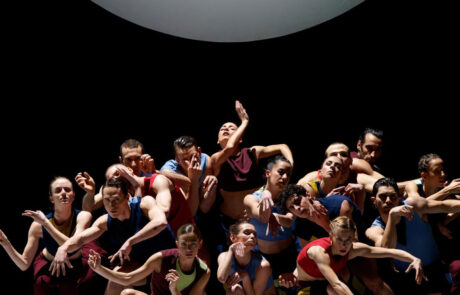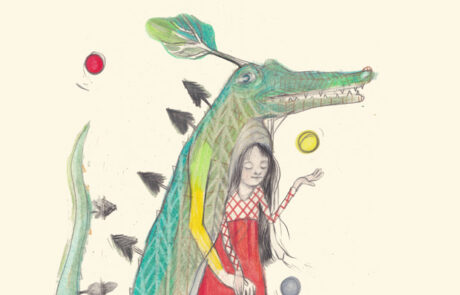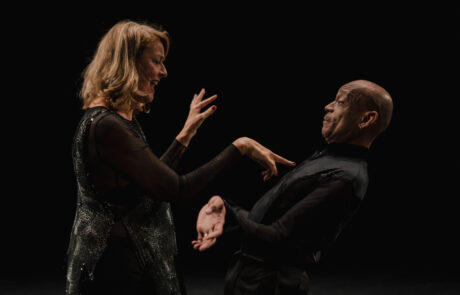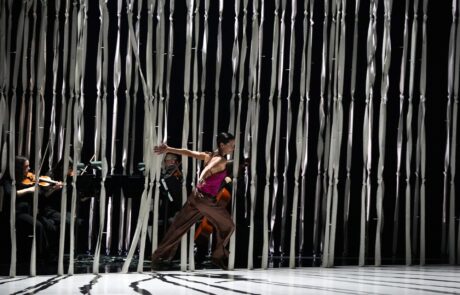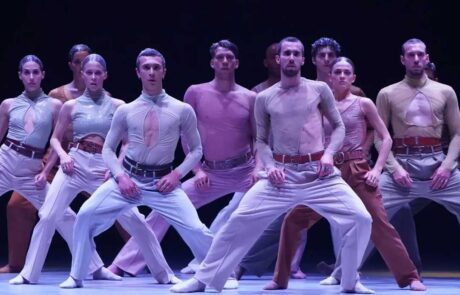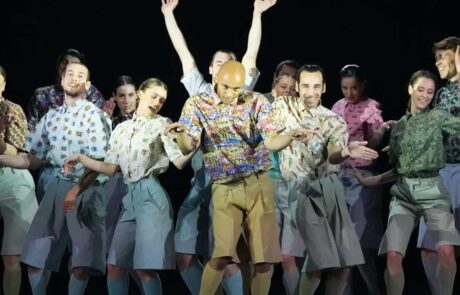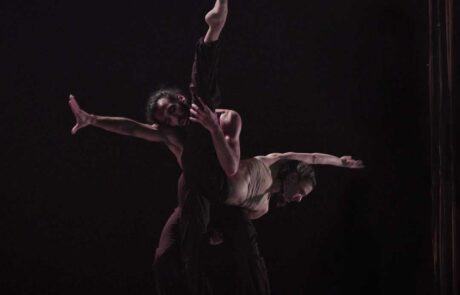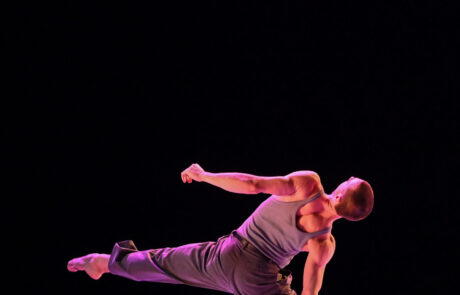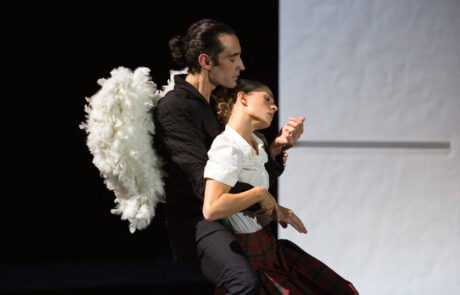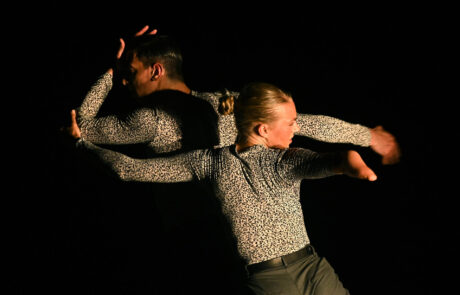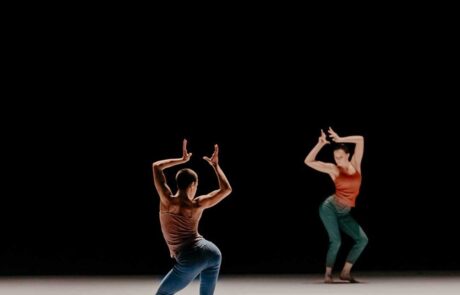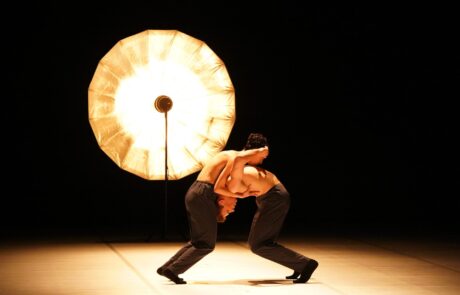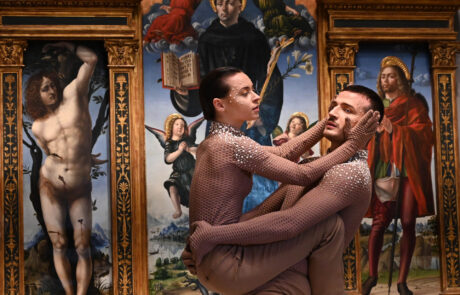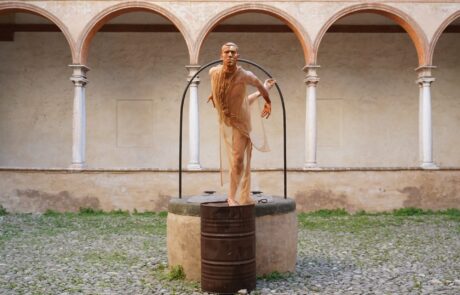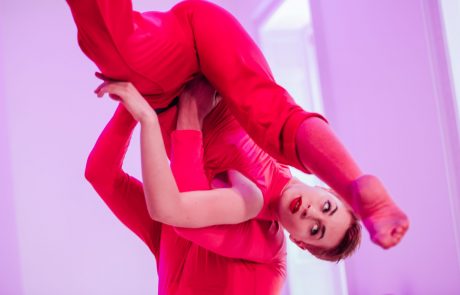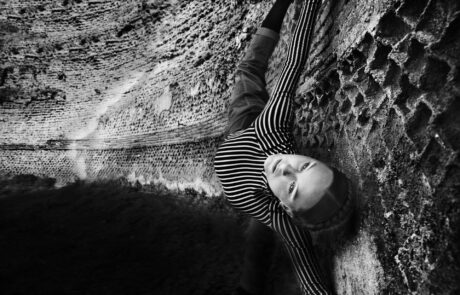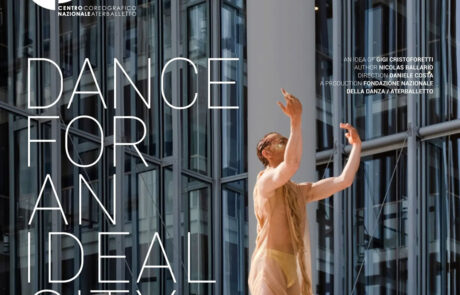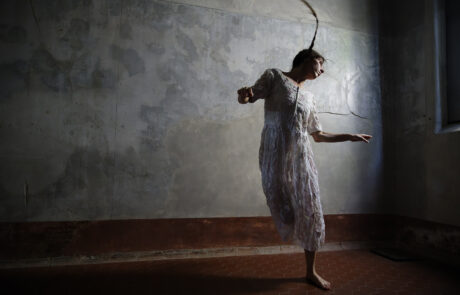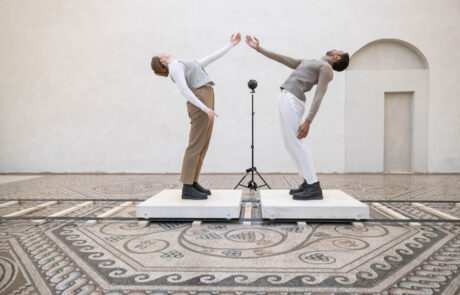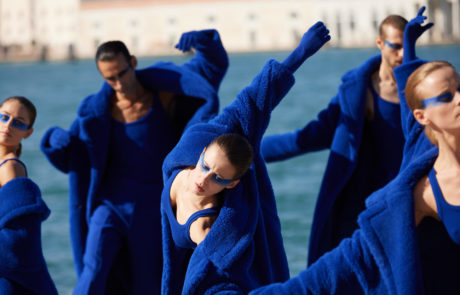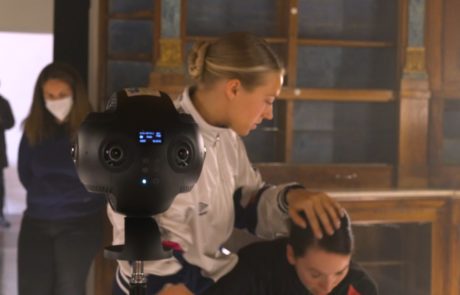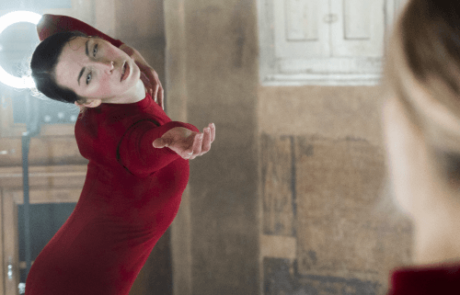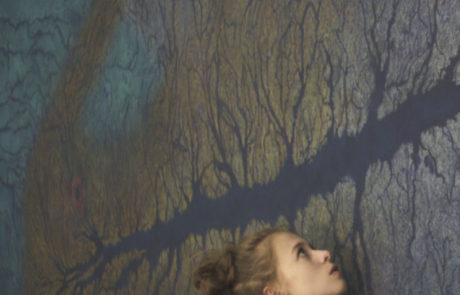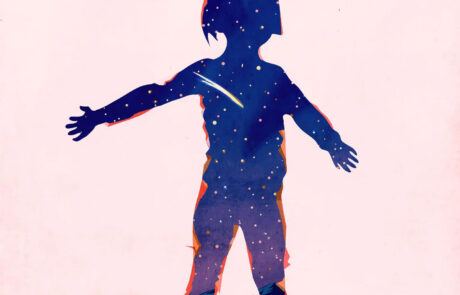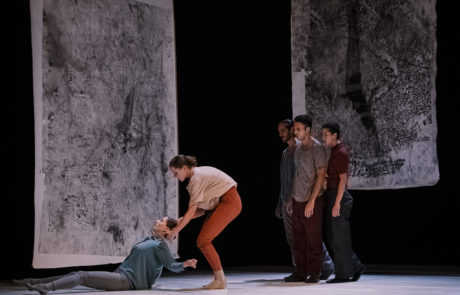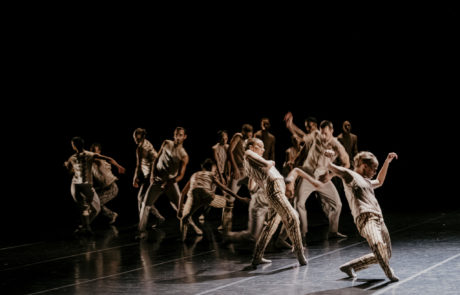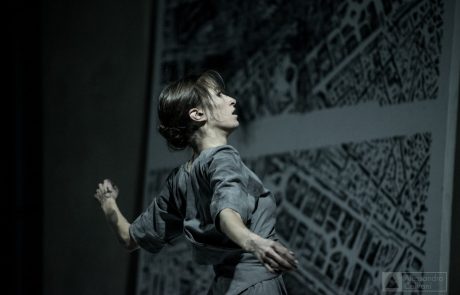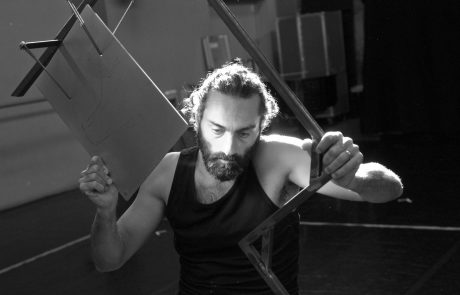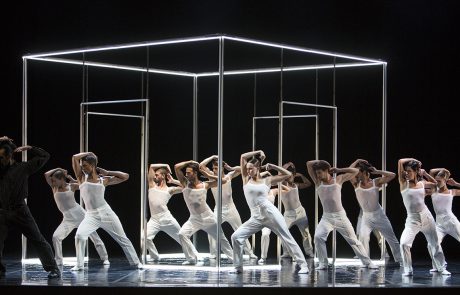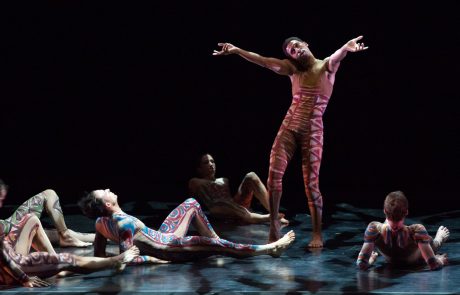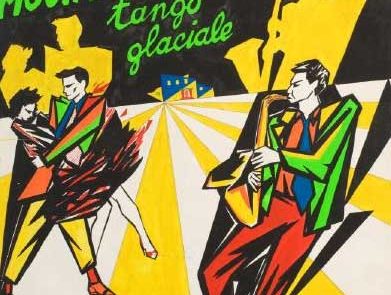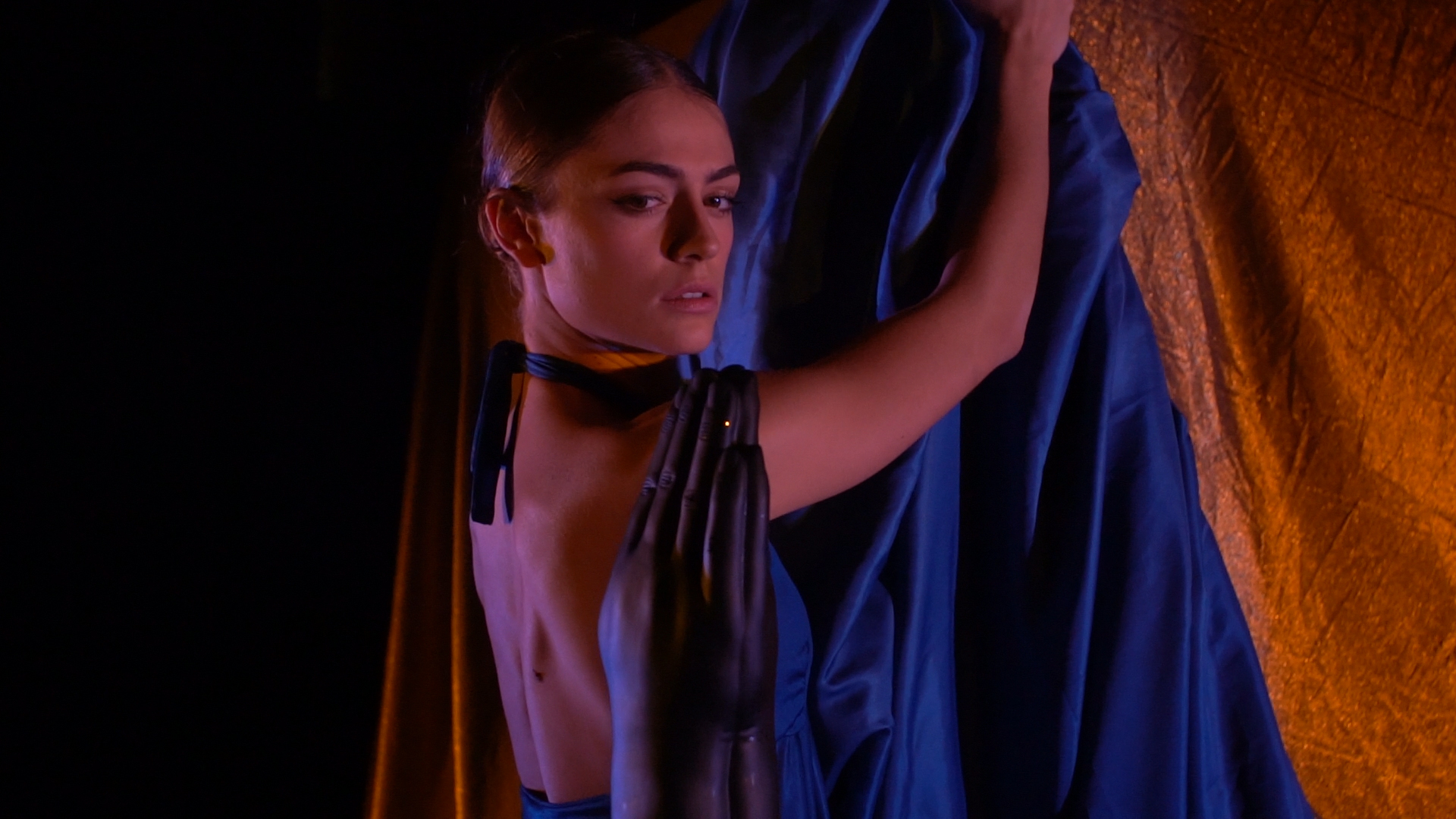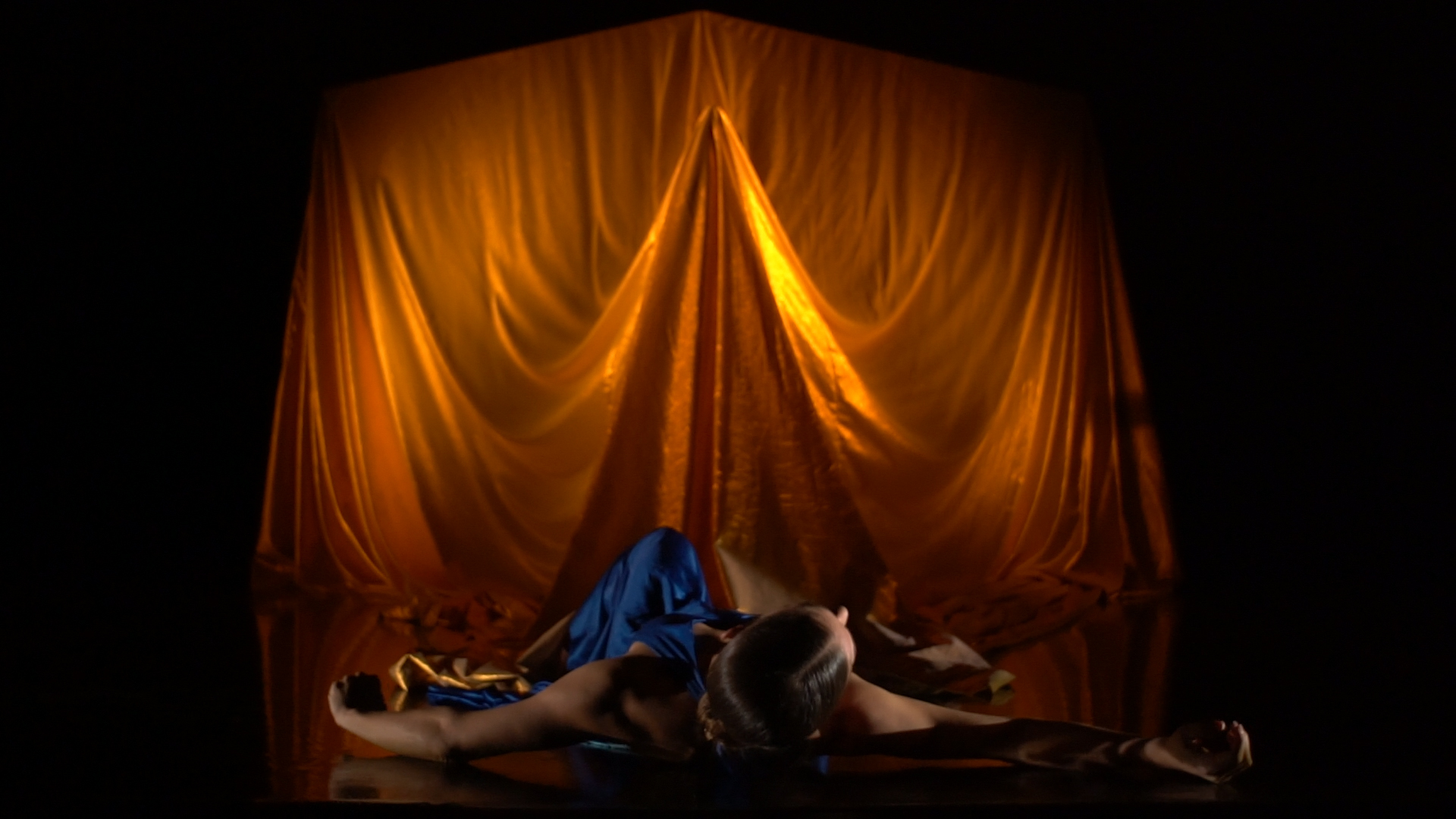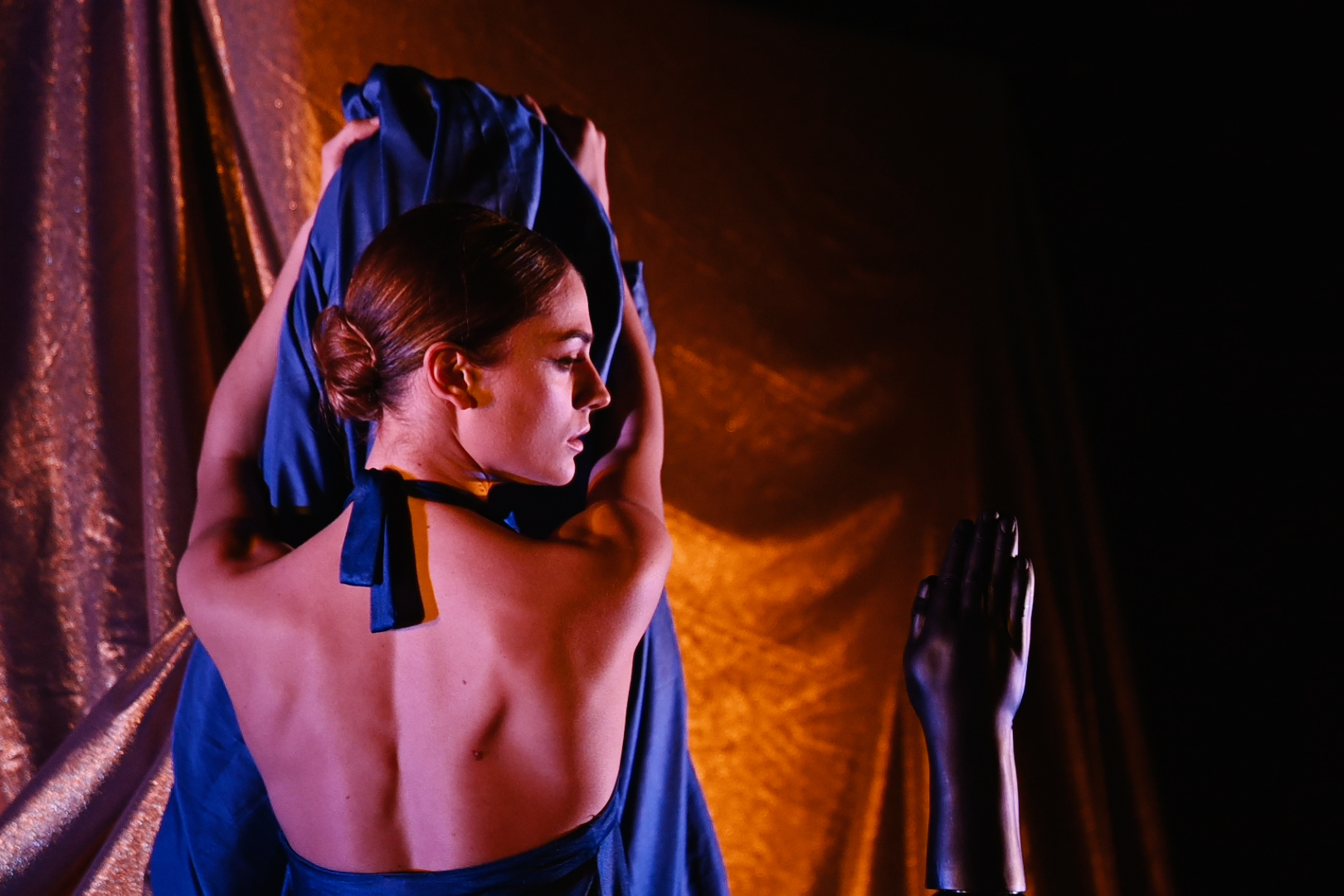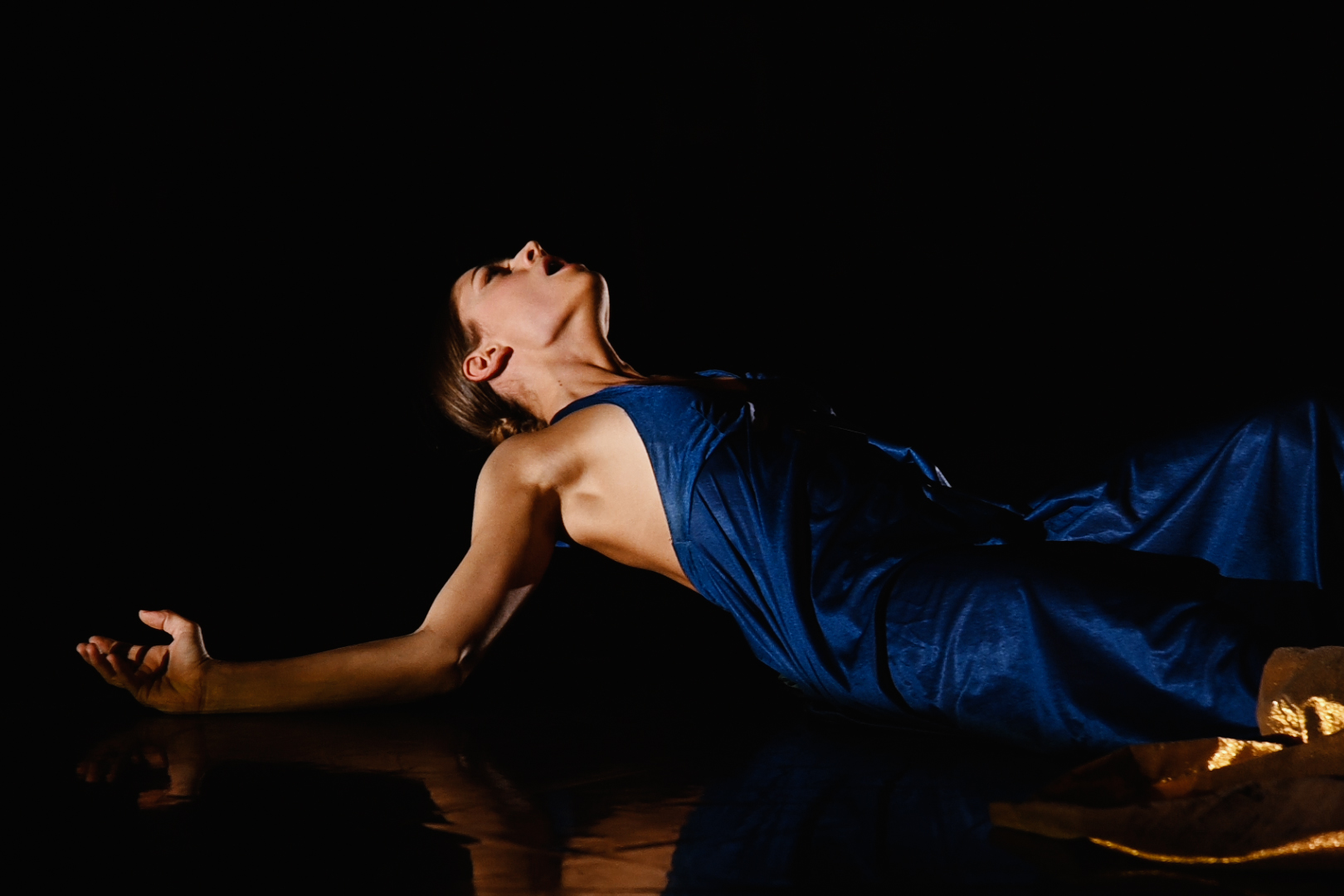MICRODANZA BY PIETRO MARULLO
The desire to reflect and work on the idea of the archive, to put together a huge amount of images, was born in me. Images of Western culture. I felt that “tension there of holding together” would be my detonator.
I won’t hide the fact that this idea of reflecting on the archive is an almost impossible operation in itself. That is, it is impossible to synthesise or reduce to a single figure such a vast and heterogeneous subject, made up of opposing artistic currents, rethinks and points of discontinuity.
However, I seem to glimpse two common elements that echo underground rivers running through the great continent of Western art: I am referring to the concept of the veil and the figure of the woman.
It is undeniable that one of the most important issues in painting has always been “the veil” in the technical sense of “drapery” and in the symbolic-conceptual sense of “space of representation”.
From a historical perspective, it is precisely after the Second World War that the veil, i.e. the support of the image, began to “speak”, to show itself as such. So much so as to be defined as “violated” (Fontana, Burri, Klein, Kounellis, etc.). The apex of this process is without doubt Lucio Fontana’s cuts. Scholars such as Stoichita have not hesitated to compare Fontana’s cuts to the wounds on the side of Christ in the depictions of the Crucifixions, Passions, Pietà etc. So, the veil leads us, in this very quick meta-media reflection, to the concept of the wound.
What I am theoretically interested in establishing here is this concave aspect of the veil. Like a bas-relief in negative, where the wounds bring out a tension between the sacred and the profane. Between a here and elsewhere of representation.
My choice is not to show the archive, but to mention it in the title of the micro-dance, thus leaving the spectator with a journey into his own inner archive.
In my opinion, the crux of the matter lies in the words of Hans Belting when he announces that: “The history of art as a discipline is not yet dead, it is its methods that are obsolete”, referring to Yves Klein’s operation of using the flame-thrower to literally “burn the image” making the productive act of the image (the burning), a performative act. A creative action.
Following this perspective, it is interesting for me to grasp a milestone of visual and performing art, that is, of representation: that of the wound.
My project is therefore a question to the spectator: what is the wound of Western culture?
For my MicroDanza I imagine a dancer-object device.
The object in question is a kind of cloth/veil that can have its own “drama of the matter”: to go from a two-dimensional dimension, like a background, to a three-dimensional dimension like a bas-relief and finally to reveal itself as a flag-standard.
It is clear that this type of object refers in a figurative sense to classical drapery and in a symbolic sense to what has been described earlier about the action of the neo-avant-garde.
A material that, when manipulated by the dancer, generates symbolic figures and movement (thus a kinetic object).
Pietro Marullo
